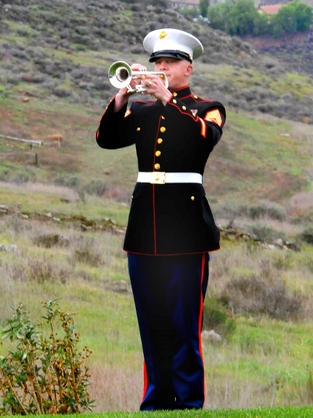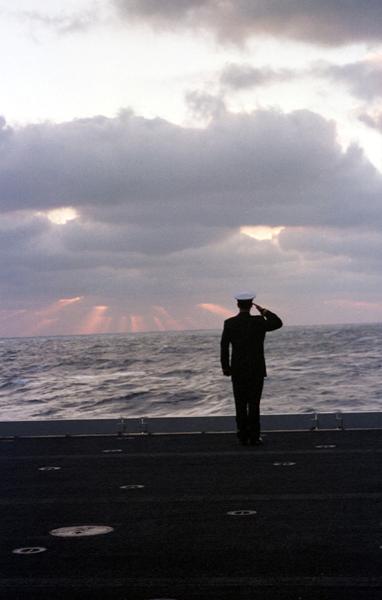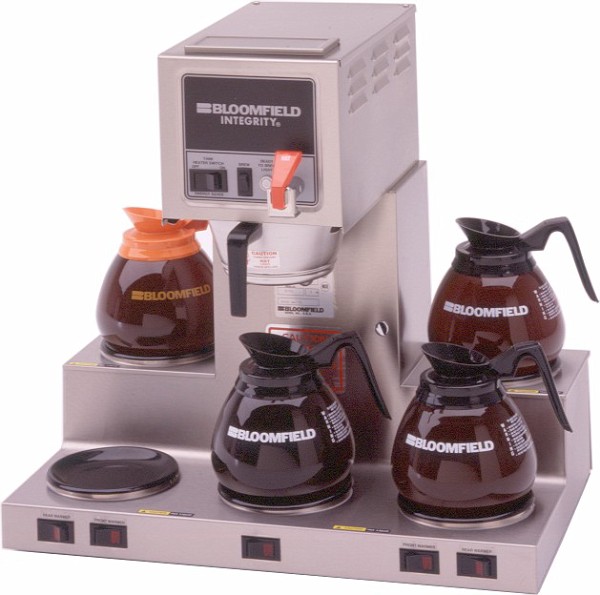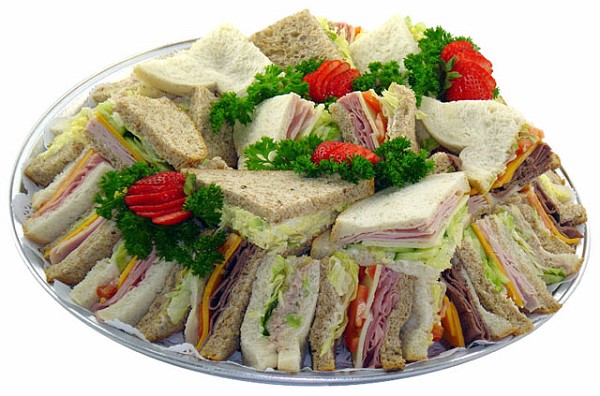 Arthur Wermuth didn't look like a U.S. Army officer. Sporting a mustache and Vandyke beard, the former football star from South Dakota endured his baptism of combat in the last week of 1941 and into first week of 1942. Departing Manila on the day after Christmas with the 150 men of Company D, 57th Infantry (Philippine Scouts), he had been ordered by Colonel George Clark to put his small force in the lines on Northern Luzon and "Dig in and hold!. Arthur Wermuth didn't look like a U.S. Army officer. Sporting a mustache and Vandyke beard, the former football star from South Dakota endured his baptism of combat in the last week of 1941 and into first week of 1942. Departing Manila on the day after Christmas with the 150 men of Company D, 57th Infantry (Philippine Scouts), he had been ordered by Colonel George Clark to put his small force in the lines on Northern Luzon and "Dig in and hold!. Facing Wermuth's small and generally untrained but equally determined force of Philippine Scouts was an entire division of Japanese, rapidly pressing south after landing on the northern coast of Luzon. After ten days of resistance, Captain Wermuth no longer had a force to command--only 37 of his soldiers had survived. They, along with other units of General Jonathan Wainwright's Northern Luzon force had been finally forced to fall back. Meanwhile, General Wainwright aligned his forces south of the the Calaguiman River which flowed from nearly-mile-high Mount Natib which splits the Bataan Peninsula, eastward into Manila Bay. The river was a defining geographical feature in what became known as the Abucay Line, a final defensive position in efforts to hold out against Japanese General Homma's advance down the east side of Bataan, until promised reinforcements arrived. Straddling the river was the important junction barrio of Kalaguiman. On January 9, when the Japanese launched the first in a long series of ferocious attacks against the Abucay Line, Company A of the 57th Infantry (Philippine Scouts) held positions near Kalaguiman, which was north of the Abucay Line and the main force of defenders. The Filipino soldiers and their American officers were battle-weary and demoralized in the face of continuing, and seemingly futile resistance. To bolster moral, Captain Wermuth, whose Company D had been nearly annihilated, was sent to to join them. Three days earlier Wermuth had demonstrated his uncanny combat abilities by proceeding alone past thousands of Japanese troops to reach an outpost isolated behind enemy lines. It had been the beginning of an incredible series of actions that would make the imposing figure of a man, who went into combat with a Thompson sub-machine gun slung over his shoulder and two .45 caliber pistols holstered like a western gunfighter, one of the first American heroes of World War II. ferocious attacks against the Abucay Line, Company A of the 57th Infantry (Philippine Scouts) held positions near Kalaguiman, which was north of the Abucay Line and the main force of defenders. The Filipino soldiers and their American officers were battle-weary and demoralized in the face of continuing, and seemingly futile resistance. To bolster moral, Captain Wermuth, whose Company D had been nearly annihilated, was sent to to join them. Three days earlier Wermuth had demonstrated his uncanny combat abilities by proceeding alone past thousands of Japanese troops to reach an outpost isolated behind enemy lines. It had been the beginning of an incredible series of actions that would make the imposing figure of a man, who went into combat with a Thompson sub-machine gun slung over his shoulder and two .45 caliber pistols holstered like a western gunfighter, one of the first American heroes of World War II. By the following night the continuing onslaught had forced the Philippine Scouts further south and the Japanese had entered and controlled Kalaguiman. At Allied headquarters it was determined that the only effective way to delay further advance was to destroy the barrio and then blow the wooden bridge across which enemy troops continued their advance south. Captain Wermuth volunteered to do the job. Setting out before dawn, and toting two five-gallon drums of gasoline, Wermuth slipped past infiltrated enemy snipers, deep behind what was now the enemy line, and into Kalaguiman. With the wind blowing from the north, he crept all the way through the town, now inhabited by hundreds of Japanese soldiers, most of them still quietly sleeping in the huts of local villagers that their invasion had displaced to the surrounding jungles. Behind him, back behind the friendly lines, Filipino artillerymen were preparing their big guns for a major fire mission. The plan, worked out earlier that morning, was to begin shelling the city five minutes after the first wisps of smoke from Wermuth's fire were seen. The delay was all the time that would be allotted Wermuth to blow the bridge with a satchel charge of TNT he also carried, and effect his escape. Creeping quietly all the way through the city, Wermuth reached the northern limits and then retraced his steps, spreading his gasoline against the walls of thatched-roof hamlets, inside which many enemy still slept despite the fact that it was nearly 10 a.m. The dangerous task at last done, he struck a match and began to head for the all-important bridge. The ensuing fire alerted the entire enemy force, many of whom streamed into the hard-packed dirt main street aflame and dying. Others began quickly to search for the intruder. Creeping through a dark alley, Wermuth found his way blocked by three enemy soldiers. So far the shadows had masked his presence but he knew time was running out. He also realized also that any attempt to shoot them down would expose his location and subject him to immediate and merciless gunfire. He glanced nervously at his watch as precious seconds ticked away. With four minutes left he started to raise his Thompson when the three Japanese finally moved away. Creeping quickly through the alley, he finally broke into the bright sunshine and began a desperate zigzag race towards the bridge. Bullets began to spray all around him, one of them drilling into Wermuth's leg and forcing him to stumble briefly. Ignoring the pain he raced on, even as the first rounds of what might now be not-so-friendly artillery began to rain down on Kalaguiman. Fortunately, the firepower did distract the enemy enough to give Wermuth the time he needed to plant his charges, blow the bridge, and then carefully crawl his way back through the hidden Japanese snipers to reach friendly lines. There, doctors removed a small-caliber bullet that had lodged in his calf, barely missing bone, and Captain Wermuth earned his first Purple Heart. For Captain Arthur Wermuth, it had been a risky but necessary venture. Behind him, beyond the burning ruins of the bridge and inside the smoldering ashes of Kalaguiman, lay the blackened bodies of more than 300 Japanese soldiers. ...come back next week for part 2... |




























































